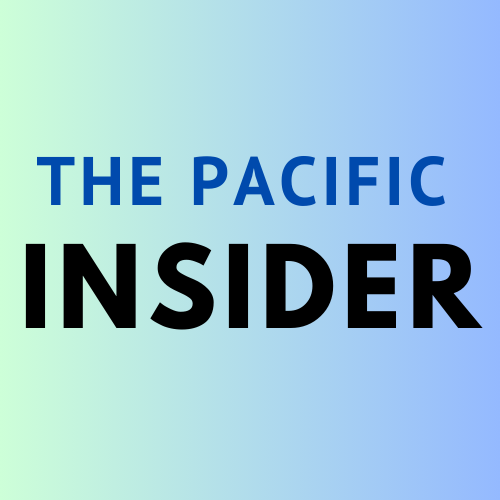Introduction
The Treaty
of San Francisco marked a pivotal moment in Japan's history, enabling the
nation to focus on post-World War II recovery under the protective wing of the
United States defence alliance. This ushered in an era where the once
subjugated Imperial Japanese army transformed into the Japanese Self-Defense
Forces (JSDF), guided by the constitutionally mandated "NO WAR"
stance outlined in Article Nine.
With
steadfast dedication, Japan redirected its resources towards economic recovery.
By 1956, the disciplined efforts of its citizens propelled Japan's economy to
full restoration, setting the stage for becoming one of the fastest-growing
economies in per capita GDP by the 1970s—an upward trajectory sustained until
the 1990s (hakusho 1956). Tokyo's resilience became an inspiring beacon for
nations facing similar post-war challenges.
This
transformative period aligned with the conclusion of the Cold War, witnessing
the USA's rise as a global powerhouse. Aligned nations found themselves walking
in step, if not in direct support, to maintain influence. Japan, a trusted
Pacific ally and host to the USA 7th fleet, became entwined in complex
geopolitical games. Maritime boundaries shared with unpredictable
nuclear-weapon states, including China, Japan, and North Korea, heightened
complexity. Recurrent bullying, exemplified by extensive naval exercises and
intercontinental ballistic missile (ICBM) testing near Japanese waters, became
the norm.
The concept
of the balance of power became a priority for the National Diet of Japan in the
last decade of the 20th century. With a clear threat perception and an
essential role for the SDF, Japan initiated groundwork to ensure the complete
security of the island.
Japan’s
Threat Calculus with China and North Korea
The Senkaku
Islands, a contested territory in the East China Sea, hold strategic importance
as the crow's nest of the resource-rich East China Sea (ECS) and the Pacific
Ocean. Positioned southwest of Okinawa, these islands serve as pivotal points
for shipping vessels navigating from the Malacca Strait or through the Sunda
Strait to destinations like Korea, Japan, and the American West Coast—an ideal
location for potential blocking measures in a standoff scenario (Claros 2021).
The region
has witnessed regular and escalating incursions by China's maritime and air
forces, asserting territorial claims and keeping the JSDF on high alert.
Notably, Russian naval forces participated in some war game drills around
Japanese waters (Council On Foreign Relations 2022) (YAMAGUCHI 2021). The
palpable military preparations by China to potentially capture the Republic of
China (ROC) raise concerns in Tokyo.
Since North
Korea declared itself a nuclear state in 2006, with the last suspected nuclear
device tested in 2017 (NUCLEAR POSTURE REVIEW 2018), its ballistic capabilities
have significantly advanced. Speculations about technology transfers by China,
covering Japan's entire territory and extending to parts of the USA's western
coast (Defense of Japan 2021), add another layer of complexity. Despite UN
Security Council sanctions, North Korea conducted frequent tests in the Sea of
Japan to showcase its capacity.
Historical
grievances persist, with indoctrinated North Koreans harbouring vengeance
motives against Japanese atrocities during the 1910-1945 rule. An open hand is
extended to the supreme leader, presenting an opportunity to divert resources
to develop a more lethal weapon system.
In 2019, a
significant event unfolded as Donald Trump, the US president, and the South
Korean leader met with the North Korean leader at the Demilitarized Zone (DMZ)
for peace talks. However, the same year witnessed the highest missile trial by
North Korea since 1986, sending shockwaves that disrupted intentions of
tranquillity on the subcontinent.
Preparations on Island
In 2017, during a joint press conference with Japanese Prime Minister Shinzo Abe, then-US President Donald Trump emphasized a commitment to ensuring the safety and security of Japan in the face of perceived threats from China and North Korea (The White House 2017). Strengthening ties with another key ally in the Pacific, Australia, a Japan-Australia reciprocal access agreement was signed on January 6, 2022, as part of collaborative efforts to counter perceived assertiveness from Beijing in the South China Sea (Japan-Australia relations 2022).
Further bolstering regional security, the Quadrilateral Security Dialogue, involving the United States, Australia, Japan, and India, serves as a multilateral platform, with initiatives like the Malabar Exercise projecting power and influence in the Pacific and South China Sea. Diplomatic engagements with various stakeholders in the region contribute to the formulation of clear defence policies.
Japan's defence landscape has undergone significant transformations, with the Japan Self-Defense Forces (JSDF) experiencing exponential growth in military expenditure since 1990. Currently ranked among the world's largest military spenders, Japan looks forward to acquiring 12 Lockheed-Martin F35 planes and developing an indigenous next-generation fighter plane series. Strategically deploying the US-made THAAD system, Japan enhances its anti-ballistic capabilities beyond reliance on US nuclear protection.
Despite facing nuclear threats from North Korea, Japan, bound by constitutional obligations and public sentiment, refrains from developing its own nuclear armaments, although possessing advanced technology and enriched uranium. The JSDF, battle-hardened through overseas coalition missions, has evolved into a force capable of undertaking both defensive and offensive missions when necessary, serving as a nucleus of experience for other military units.







1 Comments
I found this article really informative
ReplyDelete